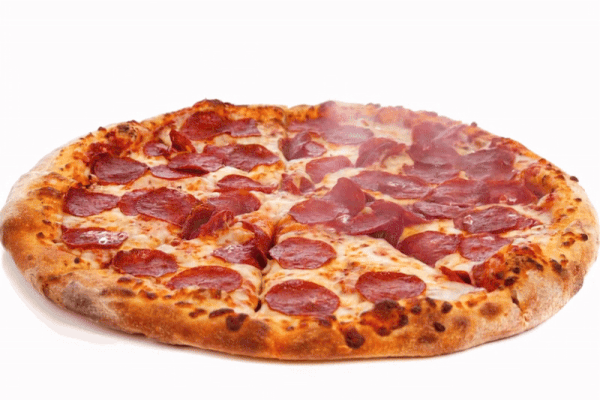Domino’s Pizza (NYSE:DPZ) delivered strong Q2 2025 earnings, with U.S. same-store sales up 3.4% and global retail sales increasing 5.6% excluding foreign exchange impacts. The performance was fueled by standout carryout growth (+5.8%), the successful national launch of Parmesan Stuffed Crust, and continued traction in digital delivery, placing Domino’s well ahead of a flat QSR pizza category. Operational gains and strategic value promotions also contributed to an 80 basis-point expansion in operating income margin.
What set the quarter apart was Domino’s deepening focus on long-term, tech-driven growth.
From its in-house DomOS platform to a reengineered loyalty engine and a new ecommerce experience, the company is layering technology into every phase of its business. With 100% aggregator coverage through DoorDash and Uber Eats and a unified backend supporting product innovation, Domino’s is showing how modern restaurant infrastructure can deliver both scale and speed. As CEO Russell Weiner noted, “We’ve built this arsenal right now that I don’t think we’ve ever been stronger… none of these things are one-year events.”
Why It Matters: Domino’s is no longer just a pizza brand, rather a digitally integrated operations platform. Its Q2 results offer a playbook for CIOs and technology executives: build proprietary systems, partner strategically in last-mile delivery, and invest in platforms that align product, operations, and customer data. Domino’s use of technology isn’t additive and more so, foundational. These investments allow the company to launch products faster, capture more customer value, and scale insights across markets, positioning Domino’s as one of the most digitally advanced operators in the global restaurant sector.

- Ecommerce Platform Rollout on Track and Scaling: Domino’s has begun migrating traffic to its new ecommerce experience through A/B testing, ensuring performance gains before full migration. With 85% of orders now coming through digital channels, the platform is central to customer experience. “We’ve got more customers this month than we did the prior month,” said Weiner, reinforcing the company’s commitment to disciplined, data-driven rollout.
- Domino’s Rewards Fuels Engagement and Incremental Spend: The loyalty program overhaul continues to drive incremental growth, especially in carryout. With simplified point thresholds and more diverse redemption options, the program is capturing value from light and lower-income users. CFO Sandeep Reddy emphasized, “We continue to acquire more customers into that loyalty program and we are seeing the frequency build compounding over time.”
- DoorDash Integration Expands Omnichannel Reach Through Tech-Enabled Logistics: Domino’s completed its full U.S. rollout on DoorDash in Q2, extending its aggregator footprint beyond Uber Eats. While not traditional enterprise software, these tech-enabled marketplaces form a key part of Domino’s omnichannel access. “We expect the majority of the volume push to be in the second half,” Weiner said, citing scaled marketing efforts and incremental delivery volume potential.
- DomOS Enables Operational Flexibility and Kitchen Innovation: The company’s proprietary DomOS platform continues to unlock in-store efficiencies and supports the operational execution of new product platforms. “If there is a second cooking platform, how do you line that up with things coming out of the regular oven? That’s what DomOS is built to manage,” said Weiner, referencing possible kitchen expansion aligned with future innovation cycles.
- Platform Strategy Scales Across Global Franchise Markets: Domino’s franchise partners, especially in Canada, Mexico, and India, are leveraging the company’s digital tools and product innovation frameworks to grow market share. With a unified tech backbone and modular offerings, international markets are able to replicate the core strategy — proving the scalability and adaptability of Domino’s digital stack globally.
Go Deeper -> Domino’s Tech Driven Performance – MarketBeat





